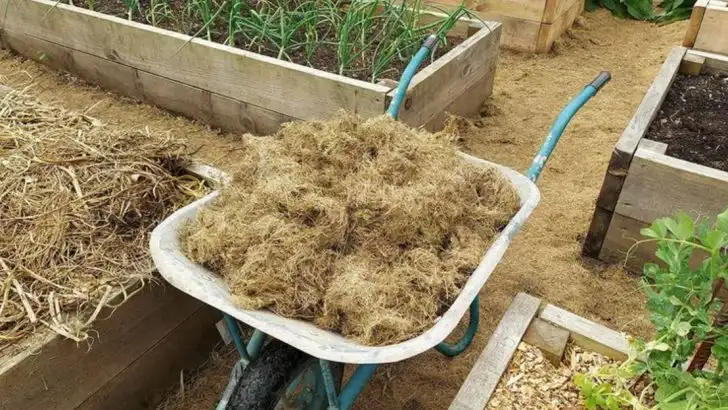Raised beds are often praised for their better drainage, improved soil control, and higher yields—but they can also come with an unexpected downside: nutrient leaching. If your plants look stunted, yellowed, or aren’t producing like they should, your raised bed might be quietly losing the essential nutrients your crops need to thrive.
Because raised beds are elevated and typically filled with loose, fast-draining soil, water moves through them more quickly than in-ground gardens—taking valuable minerals with it. Over time, this can lead to deficiencies that affect plant health and productivity.
In this article, we explain how and why this happens, and most importantly, how to prevent nutrient loss with smart soil management, organic matter, and simple techniques that help your raised beds retain what your plants need. Keep your garden growing strong from the ground up.
Poorly Draining Soil
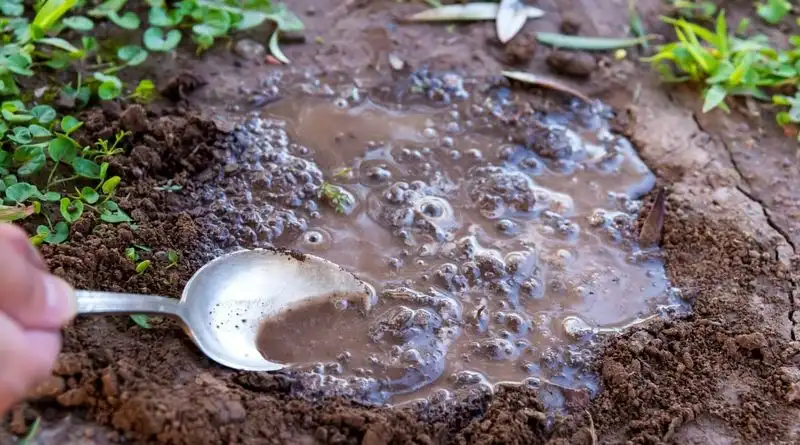
Compacted or clay-heavy soil can hinder proper drainage in raised beds. Water pooling at the surface or within the root zone leads to nutrient loss as excess water leaches nutrients away. To address this, consider incorporating organic matter like compost or well-rotted manure. These materials improve soil structure and promote better drainage. Think of them as a sponge that holds nutrients while allowing excess water to escape. Regularly aerating the soil can also prevent compaction, ensuring roots receive both nutrients and oxygen.
Over-Watering
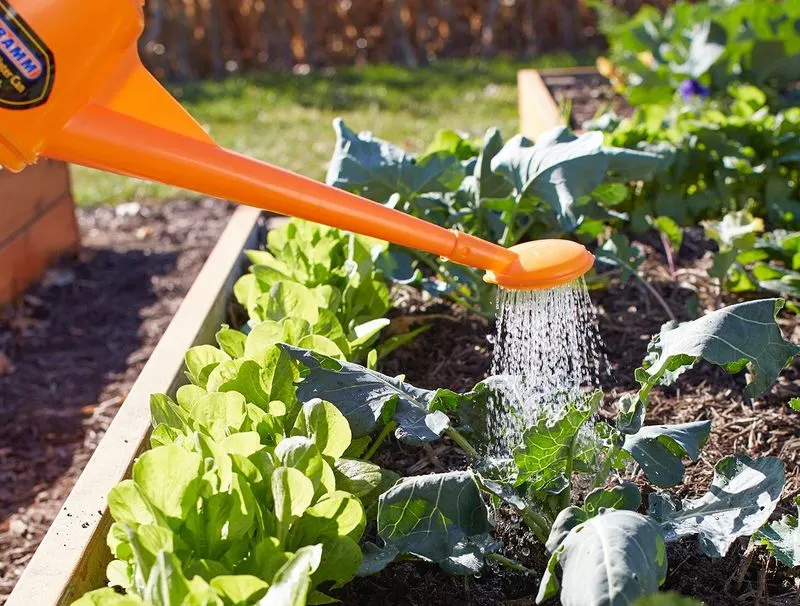
Excessive watering can be as detrimental as underwatering when it comes to nutrient retention. The act of over-watering pushes vital nutrients beyond the reach of plant roots, essentially washing them away. Installing a drip irrigation system can be a game-changer, offering precise moisture control. Consider using a moisture meter to gauge soil needs accurately. Remember, a little mindfulness goes a long way; letting the soil dry slightly between watering sessions can preserve the nutrient-rich environment plants crave.
Inadequate Mulching
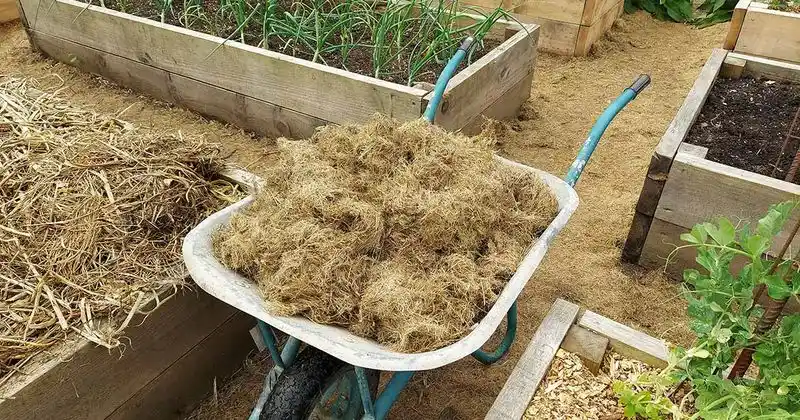
Mulch isn’t just for aesthetics; it’s a crucial barrier against nutrient loss. When mulch is too thin or absent, rainwater can directly impact the soil, causing erosion and nutrient washout. Applying a thicker layer of organic mulch, such as straw or wood chips, can shield the soil effectively. This protective layer acts like a cozy blanket, retaining moisture and minimizing nutrient leaching. Replenish mulch regularly to maintain its effectiveness and ensure your plants are getting the nutrients they need.
Acidic Soil Conditions

Acidic soils can exacerbate nutrient leaching, particularly of essential minerals like calcium and magnesium. Test your soil’s pH regularly to catch imbalances early. Raising the pH with lime amendments can stabilize the soil environment, making nutrients more available to plants. Think of it as adjusting the recipe for a balanced meal, ensuring all ingredients are in harmony. Regular monitoring and small, consistent adjustments can keep your soil pH within the optimal range for nutrient retention.
Inappropriate Fertilizer Use

Fertilizers are meant to nourish, not overwhelm. Using too much or the wrong type can lead to nutrient runoff and leaching. Choose slow-release or organic fertilizers that match your plant’s specific needs. It’s like crafting a personalized diet plan for your garden; balance is key. Avoid applying fertilizers before heavy rain to minimize leaching. Tailoring your fertilization approach with precision can sustain the nutrient balance, ensuring your plants thrive without waste.
Soil Erosion
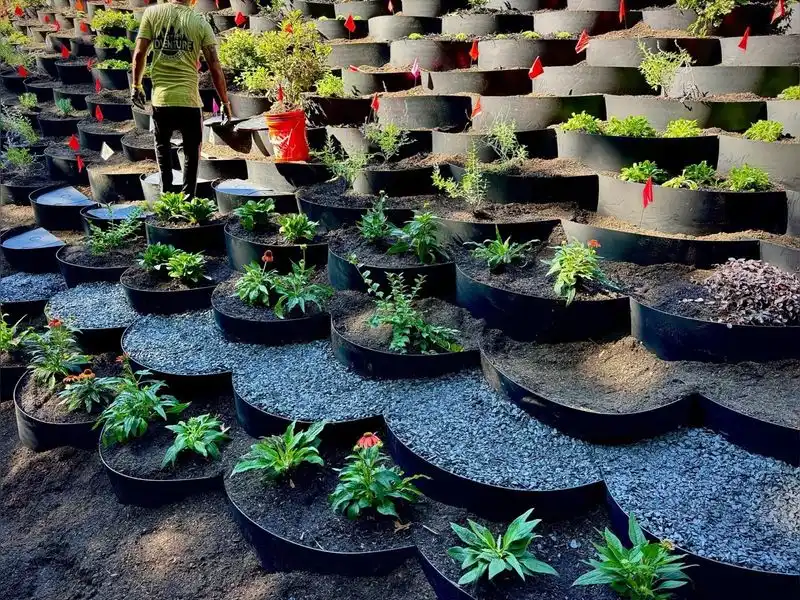
When rain beats down on exposed soil, it can carry away not just soil particles but nutrients too. This erosion depletes the soil’s nutrient reservoir, leaving plants starved. Use ground cover plants or cover crops to keep soil anchored. They serve as living shields, reducing the impact of raindrops and wind. These green allies work tirelessly to protect your garden’s nutrient wealth. Reconsider your garden’s exposure to harsh elements and adjust accordingly to keep erosion at bay.
Improper Raised Bed Construction
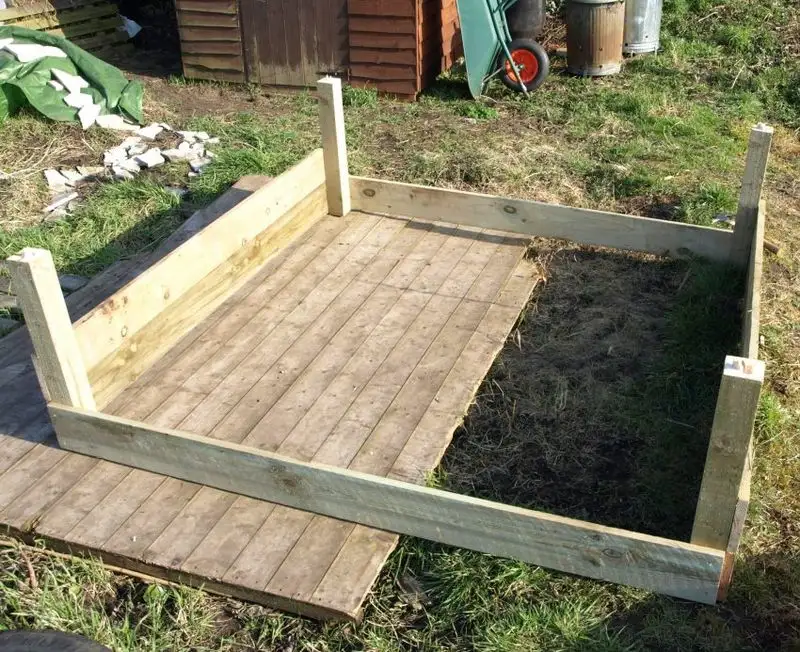
Building a raised bed isn’t just stacking wood; it’s crafting a vessel for growth. If constructed poorly with gaps or insufficient depth, water and nutrients might escape. Ensure your bed is deep enough for root expansion and tightly sealed to prevent leaks. It’s like building a home; every part needs to be secure for full functionality. Regular inspections and maintenance can keep the foundation strong, allowing your raised bed to nurture plants without losing precious nutrients.

